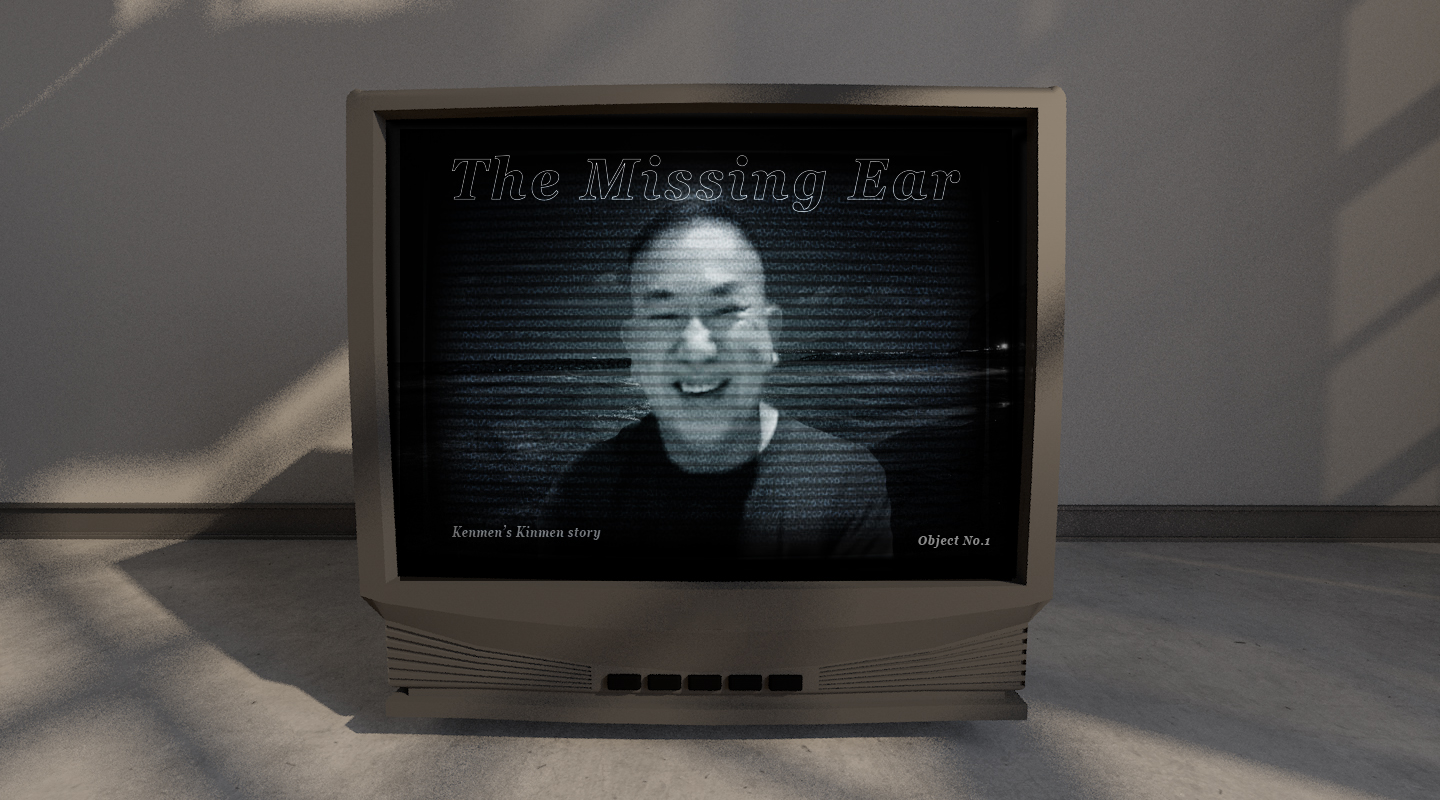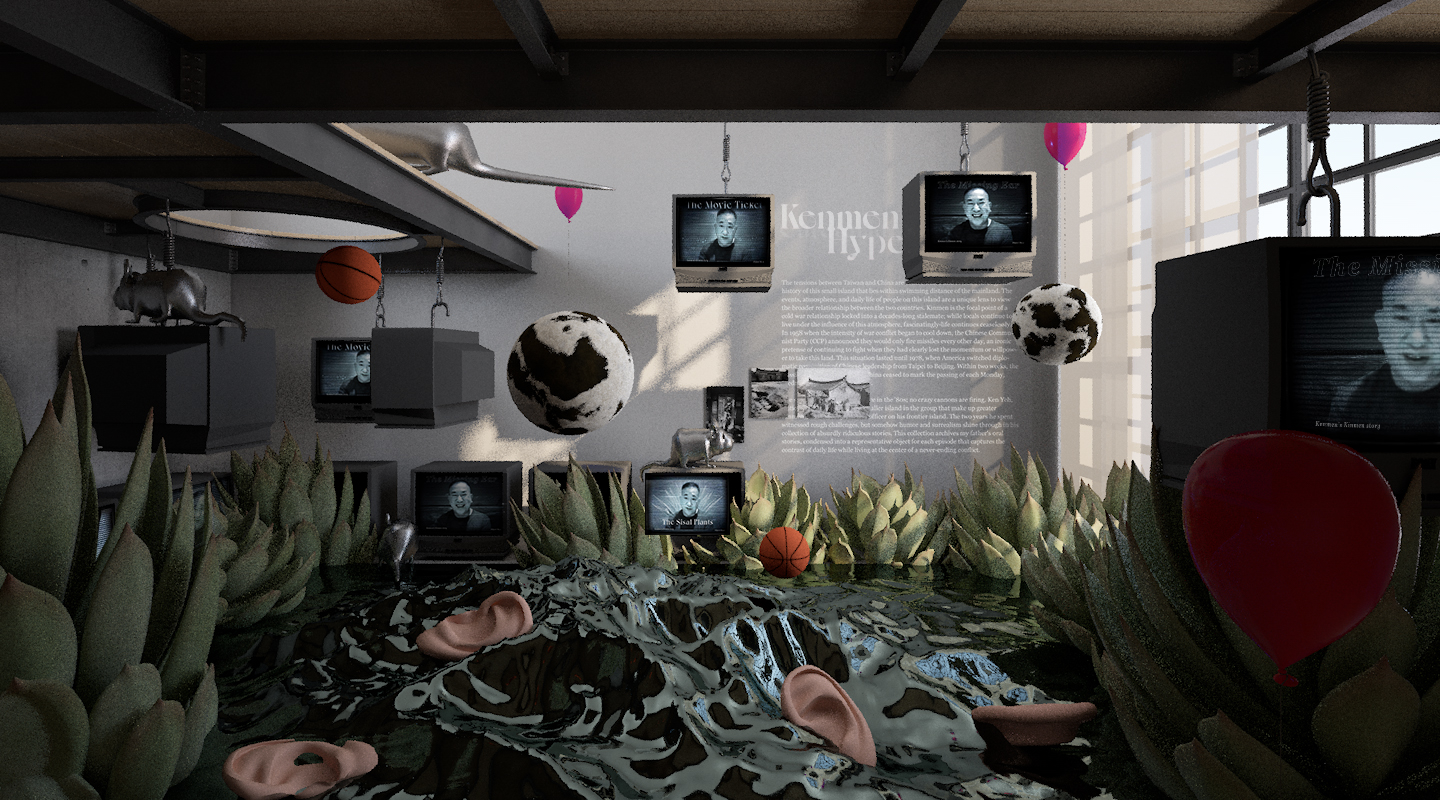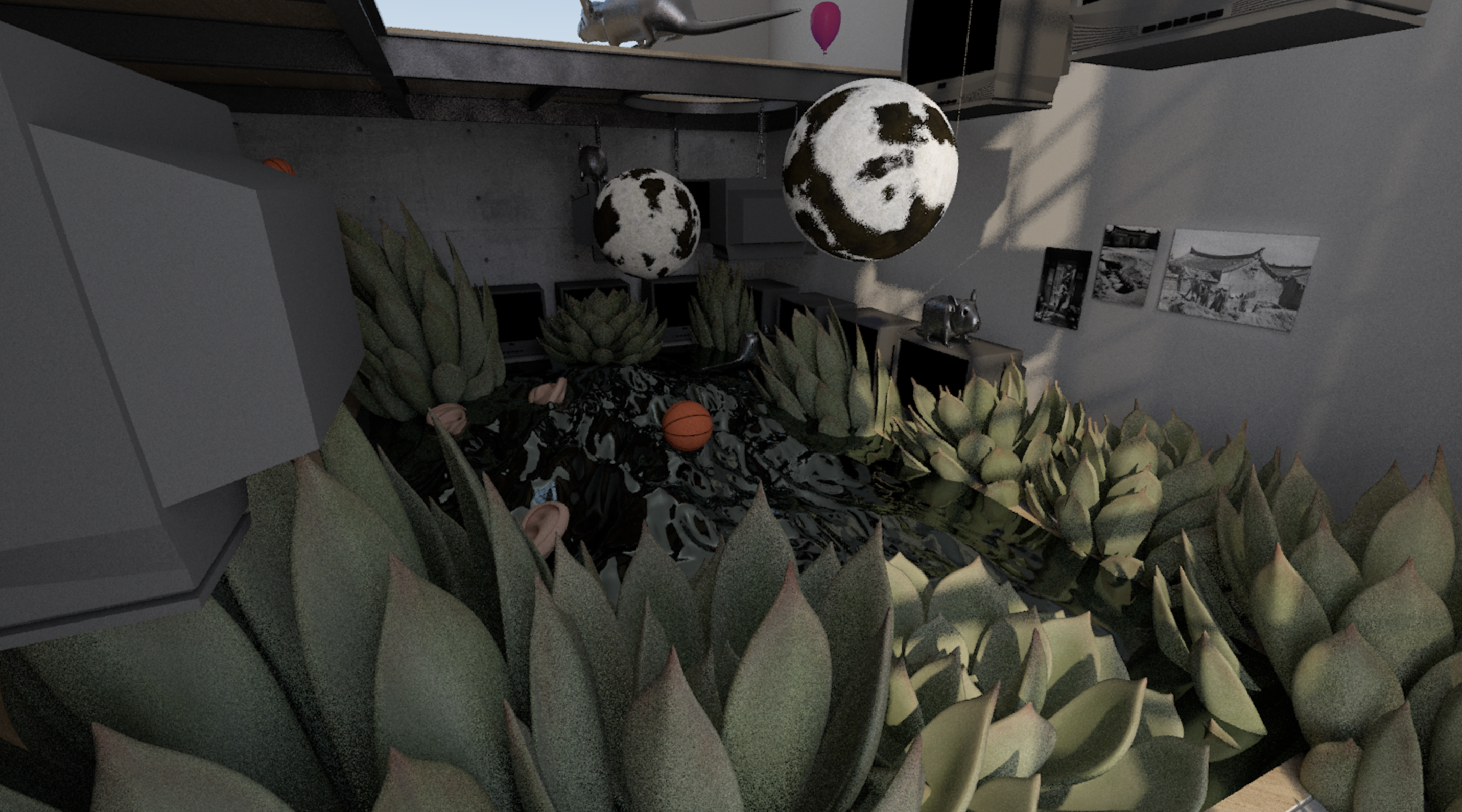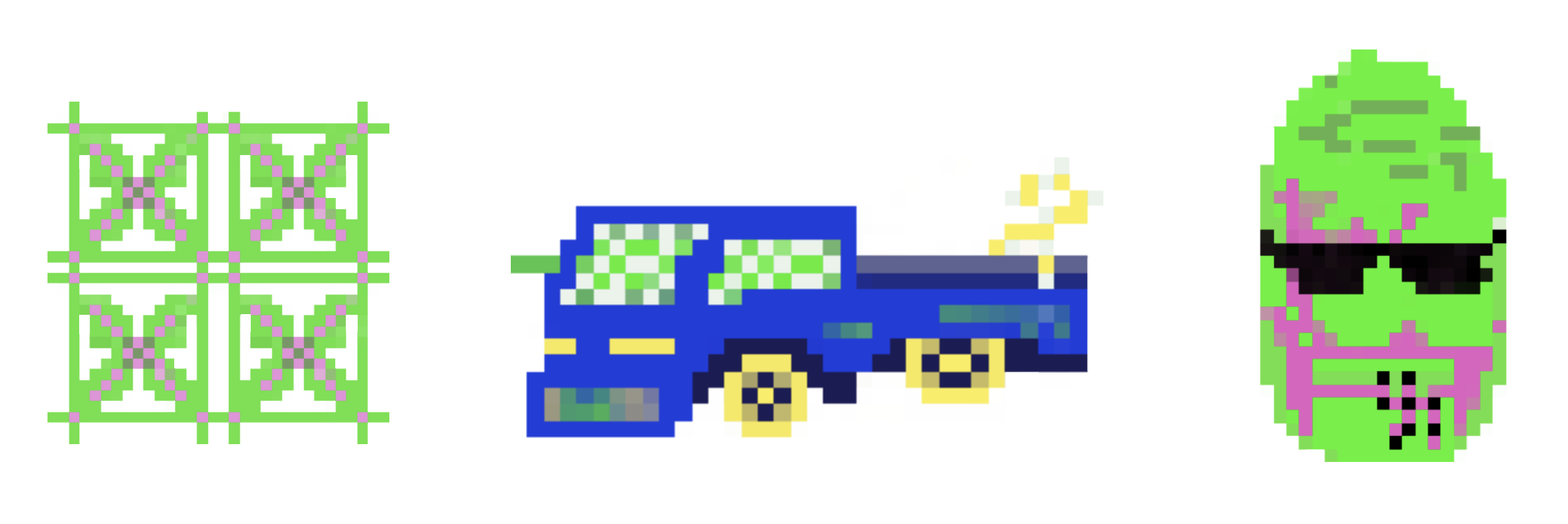


Kenman Hype!
Sixty-four years ago, Kinmen Island was bombarded more intensely than anywhere else in the history of military warfare. 470,000 Communist artillery shells bombarded the tiny, 150-square-kilometer Kinmen Island. It is the only part of the current Taiwanese territory that the Chinese Communist Party has physically attacked. The destructive artillery battle caused a large number of casualties that year. Kinmen Island, only two kilometers from Xiamen, is the closest territory of the Republic of China (Taiwan) to the mainland. In the past, it was the frontline of the cross-strait conflict. At one time, Taiwanese regarded Kinmen as a daunting place to be stationed when serving their military conscription.
The tensions between Taiwan and China are concentrated and realized through the history of this small island that lies within swimming distance of the mainland. The events, atmosphere, and daily life of people on this island are a unique lens to view the broader relationship between the two countries. Kinmen is the focal point of a cold war relationship locked into a decades-long stalemate; while locals continue to live under the influence of this atmosphere, fascinatingly- life continues ceaselessly.
In 1958 when the intensity of war conflict began to cool down, the Chinese Communist Party (CCP) announced they would only fire missiles every other day, an ironic pretense of continuing to fight when they had clearly lost the momentum or willpower to take this land. This situation lasted until 1978 when America switched diplomatic recognition of Chinese leadership from Taipei to Beijing. Within two weeks, the missiles firing from mainland China ceased to mark the passing of each Monday, Wednesday, Friday, and Sunday.
The story I wish to tell takes place in the '80s; no crazy cannons are firing. Ken Yeh, stationed on little Kinmen (a smaller island in the group that make up greater Kinmen), was the only medical officer on his frontier island. The two years he spent witnessed rough challenges, but somehow humor and surrealism shine through in his collection of absurdly ridiculous stories. This collection archives my father's oral stories, condensed into a representative object for each episode that captures the contrast of daily life while living at the center of a never-ending conflict.
Styleframe:







The audience will walk into a museum-style empty display room. Hanging from the ceiling scattered in random clusters will be old-fashioned bulky TVs that display the clips from my father's narration of each story in Mandarin. There will be a speaker system for surround sound ambiance that plays a track of ocean waves, propaganda loudspeaker recordings, and the sounds of missiles overhead and explosions in the distance. This is the first layer of reality.
The guests will use AR to explore a second layer of the exhibition which is my imagination of how these objects will all exist in a surreal, floating space that allows them to be engaged with the viewer's screen. In the AR layer, my father's stories will be enhanced with a burst of text that visualizes when he speaks a keyword that has a preplanned typography prepared to accompany the story and provide background detail or emphasis on topics. As the users walk, sisal plants continue to grow at high speed, filling the spaces around each person with more and more spiky plants. The floating objects, like an ear, will emerge from the corners in imaginary waves, giving time for each item to be examined by the viewer, clicking or selecting the objects will open a new text window that loads a story for each one and has special interactive links within the story for keywords and topics to explain. The core concept of this exhibition is to facilitate a conversation between two generations and reflect the shadow of this neglected period of history onto our present-day worldview.
AR Exhibition Prototype:
Exhibition Cataloge:






















